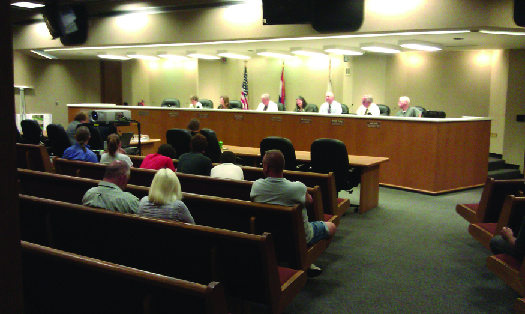| << Chapter < Page | Chapter >> Page > |
Before the Internet, traditional media determined whether citizen photographs or video footage would become “news.” In 1991, a private citizen’s camcorder footage showed four police officers beating an African American motorist named Rodney King in Los Angeles. After appearing on local independent television station, KTLA-TV, and then the national news, the event began a national discussion on police brutality and ignited riots in Los Angeles.
The media also promote the public good by offering a platform for public debate and improving citizen awareness. Network news informs the electorate about national issues, elections, and international news. The New York Times , Los Angeles Times , NBC Nightly News , and other outlets make sure voters can easily find out what issues affect the nation. Is terrorism on the rise? Is the dollar weakening? The network news hosts national debates during presidential elections, broadcasts major presidential addresses, and interviews political leaders during times of crisis. Cable news networks now provide coverage of all these topics as well.
Local news has a larger job, despite small budgets and fewer resources ( [link] ). Local government and local economic policy have a strong and immediate effect on citizens. Is the city government planning on changing property tax rates? Will the school district change the way Common Core tests are administered? When and where is the next town hall meeting or public forum to be held? Local and social media provide a forum for protest and discussion of issues that matter to the community.

Want a snapshot of local and state political and policy news? The magazine Governing keeps an eye on what is happening in each state, offering articles and analysis on events that occur across the country.
While journalists reporting the news try to present information in an unbiased fashion, sometimes the public seeks opinion and analysis of complicated issues that affect various populations differently, like healthcare reform and the Affordable Care Act. This type of coverage may come in the form of editorials, commentaries, Op-Ed columns, and blogs. These forums allow the editorial staff and informed columnists to express a personal belief and attempt to persuade. If opinion writers are trusted by the public, they have influence.
Walter
Cronkite , reporting from Vietnam, had a loyal following. In a broadcast following the Tet Offensive in 1968, Cronkite expressed concern that the United States was mired in a conflict that would end in a stalemate.
The media encompass all communications that transmit facts or information to citizens and includes the mass media in print and on the radio, television, and Internet. Television takes many forms, such as local, network, cable, or satellite. Historically, programming was transmitted from networks to local stations and broadcast via the airwaves, while fiber-optic cables now allow for national programming to transmit directly. Technological advances allow on-demand and streaming access for programming, leading to changes in advertising and scheduling practices. Conglomerates are large media corporations that own many stations and other companies; therefore, they can create a monopoly and decrease the flow of information to the public. The media serves to entertain the public, watch for corruption, set the national agenda, and promote the public good. In each of these roles, the media informs the public about what is happening and signals when citizens should act.

Notification Switch
Would you like to follow the 'American government' conversation and receive update notifications?